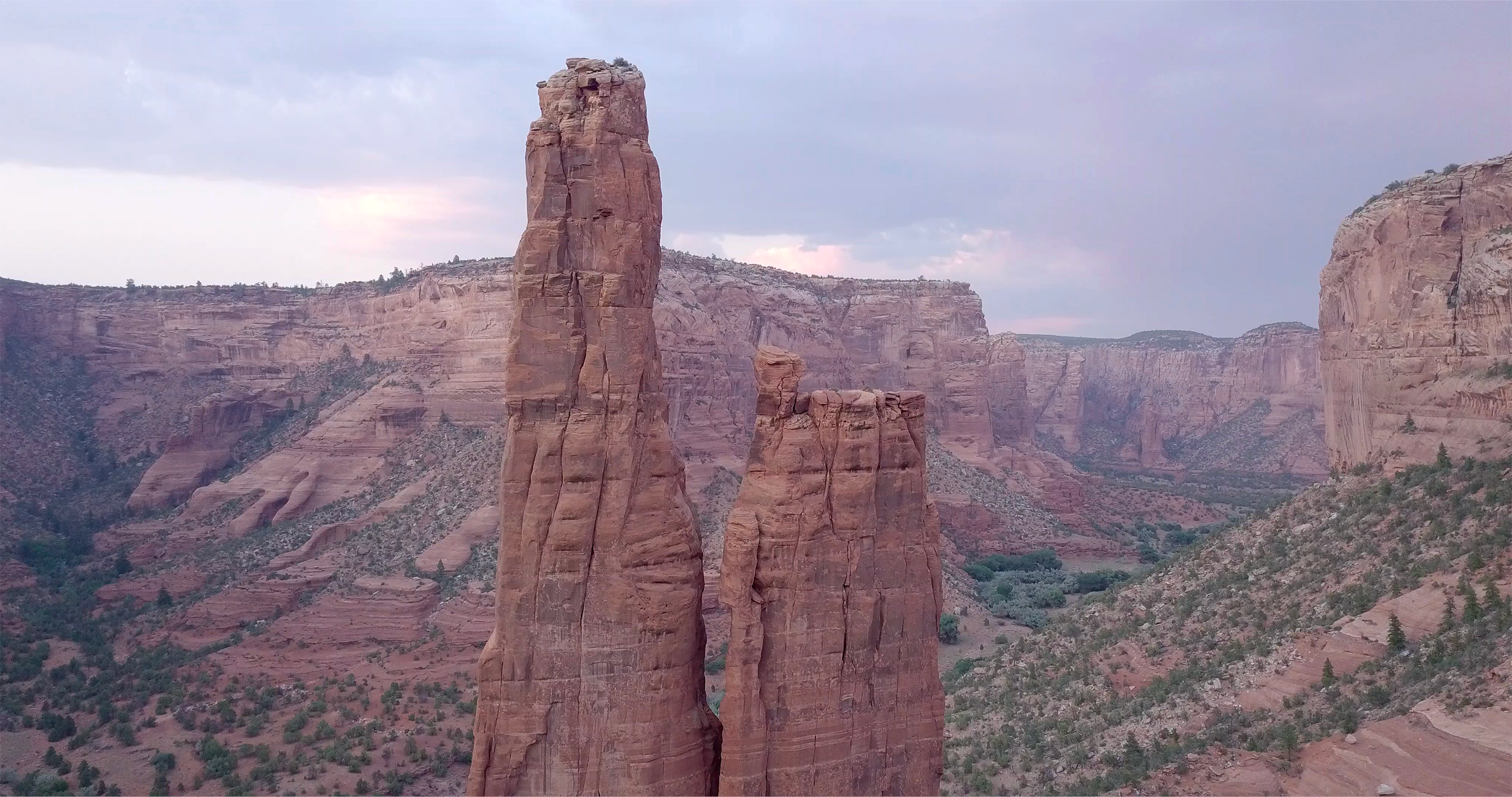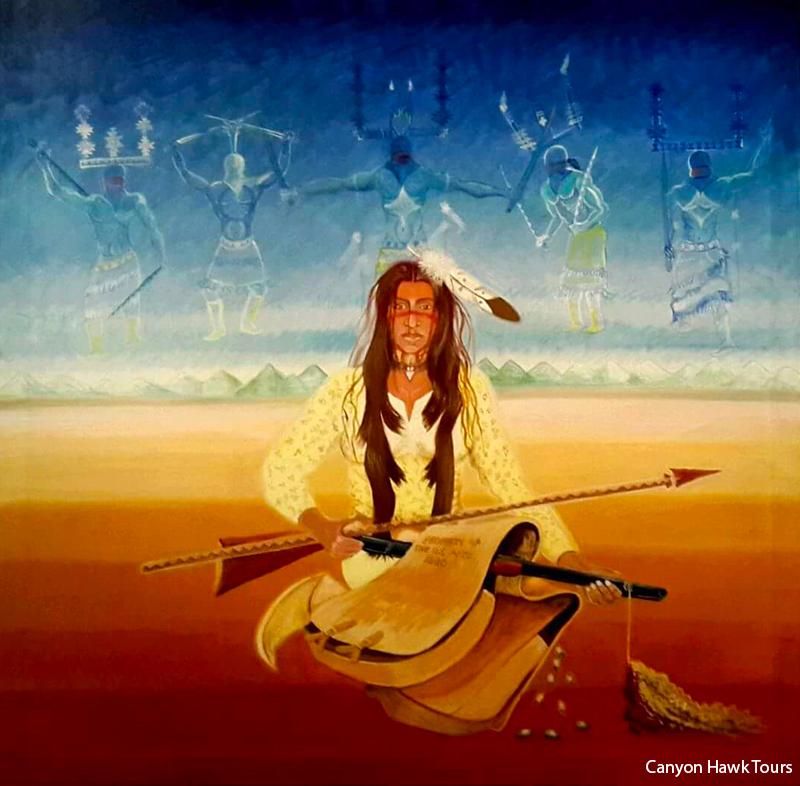About Canyon Hawk Tours
My name is Victoria Begay, and I am the owner of Canyon Hawk Tours.
Both my parents were born in the canyon, and on the half day trips I take you to the property on my father’s side of the family. My father was raised four miles up, around the junction of the two canyons and my mother was born 10 miles up Canyon Del Muerto. Both my parents have shared histories from our own Navajo perspective surrounding the Long Walk, Anasazi Pueblo, Spanish Conquistadors, and mainstream society, which is a very different view from what western society teaches. The guides will share both perspectives with you, and try to help you understand how the Dine interpret history.
If I am not available, then one of the guides who represent Canyon Hawk Tours will be assigned to you, and take you to their family homesteads. All of the guides are from the canyon, and know of places where the Dine hid out from enemy invaders throughout time since the 1500’s.
Native American enemies have been attacking one another even prior to the 16th century. You will be able to see ancient battle scenes etched into the canyon walls by the ancient Anasazi. The old works of art that are carved into the rock walls are called petroglyphs. There are different types of petroglyph panels in the canyon that depict like, animal domestication, hunting, and spiritual rituals. You will also be able to see many pictograph panels that you can walk directly up to, which date back as far as 4 A.D.
The history of the canyon also includes the geology of the massive sedimentary material, which uplifted during the time of Pangaea. The red wall sandstone that formed the canyon is called Red Supai through the process of lithification (ancient sedimentary material cemented together). Common sedimentary rocks in the canyon include conglomerate, shale, chert, chalk, quartz, dolomite, travertine, and mudstone.
If I am not available, then one of the guides who represent Canyon Hawk Tours will be assigned to you, and take you to their family homesteads. All of the guides are from the canyon, and know of places where the Dine hid out from enemy invaders throughout time since the 1500’s.
Native American enemies have been attacking one another even prior to the 16th century. You will be able to see ancient battle scenes etched into the canyon walls by the ancient Anasazi. The old works of art that are carved into the rock walls are called petroglyphs. There are different types of petroglyph panels in the canyon that depict like, animal domestication, hunting, and spiritual rituals. You will also be able to see many pictograph panels that you can walk directly up to, which date back as far as 4 A.D.
The history of the canyon also includes the geology of the massive sedimentary material, which uplifted during the time of Pangaea. The red wall sandstone that formed the canyon is called Red Supai through the process of lithification (ancient sedimentary material cemented together). Common sedimentary rocks in the canyon include conglomerate, shale, chert, chalk, quartz, dolomite, travertine, and mudstone.


